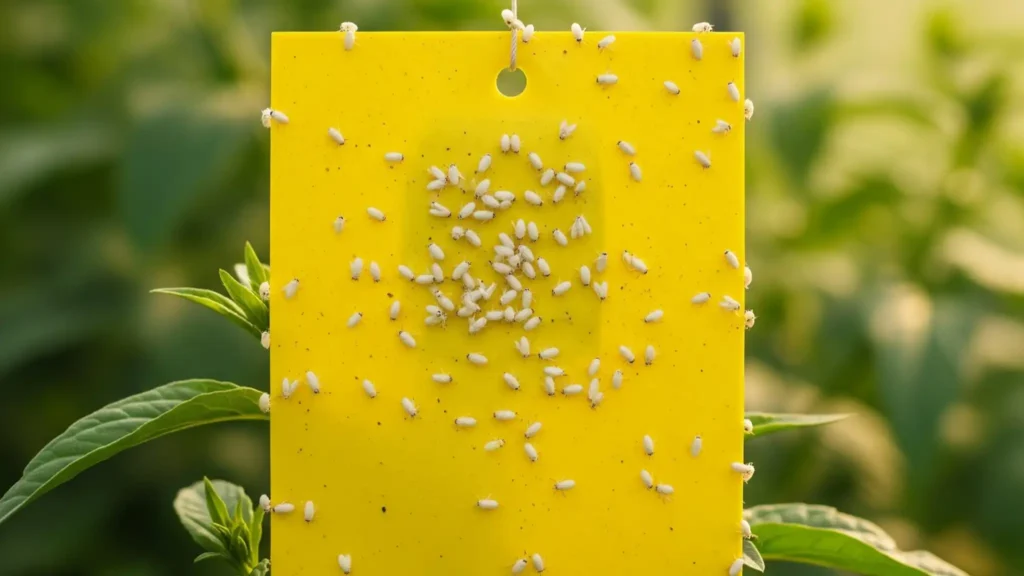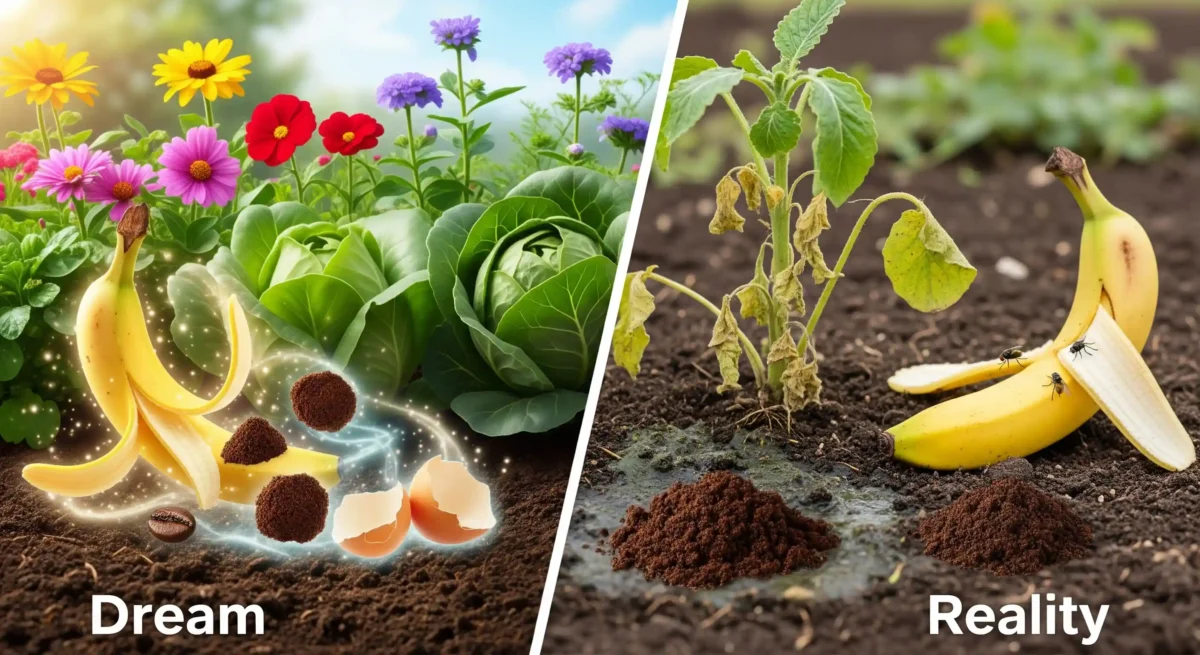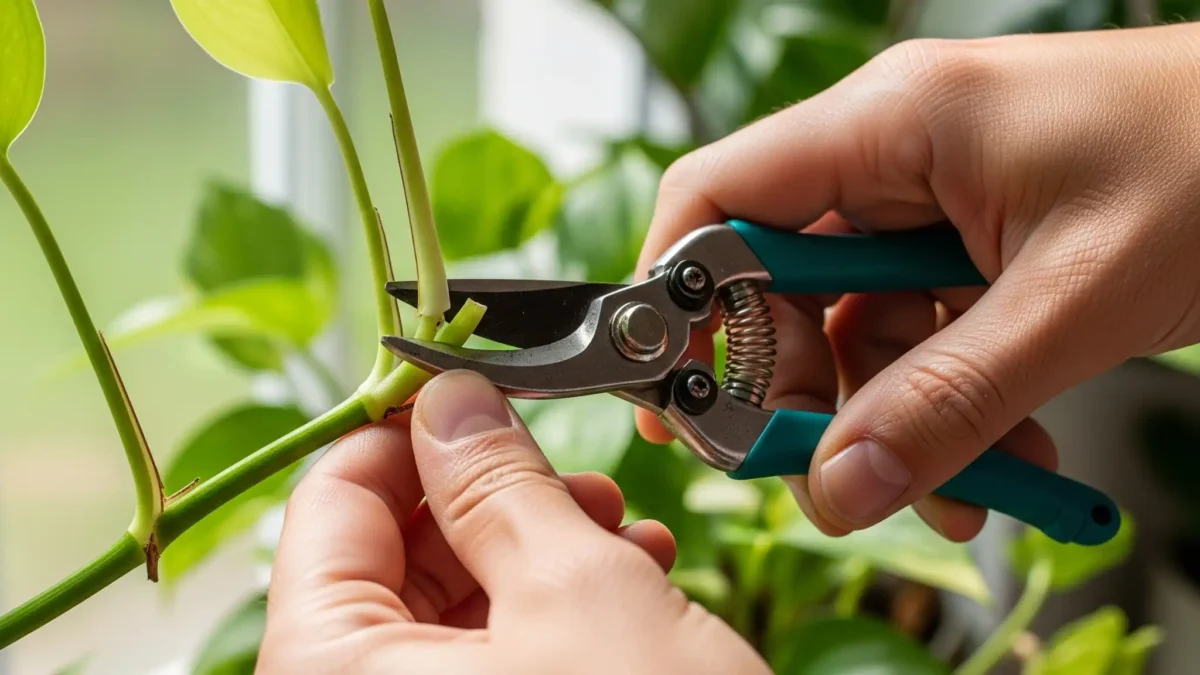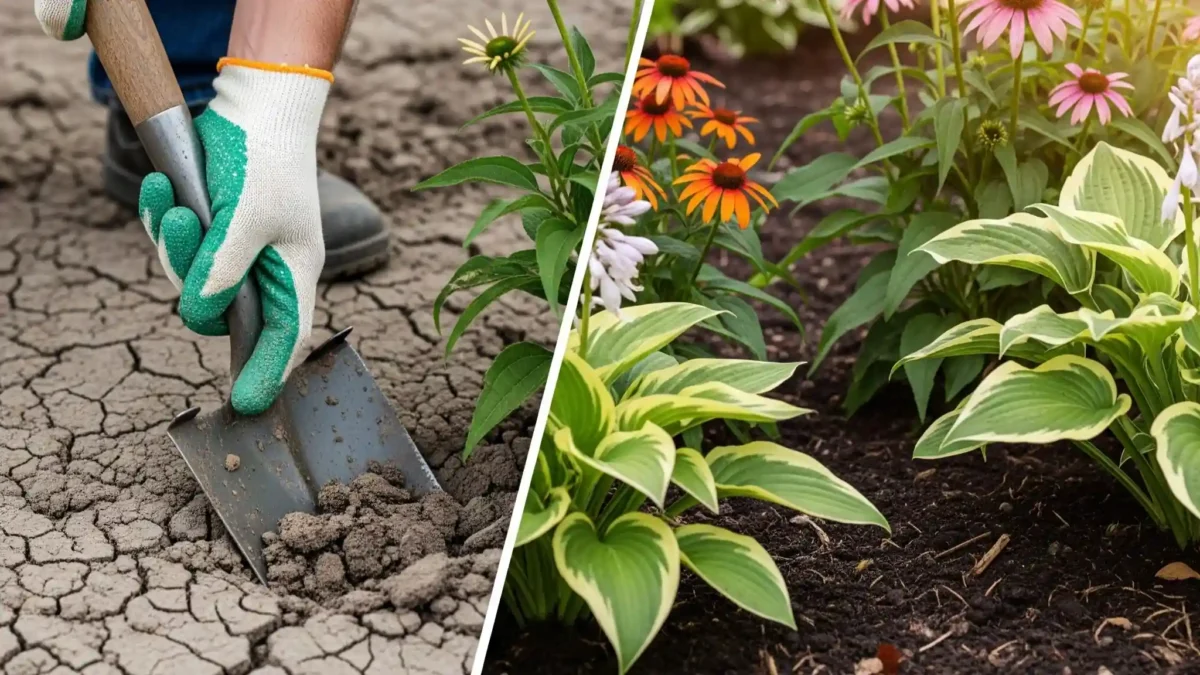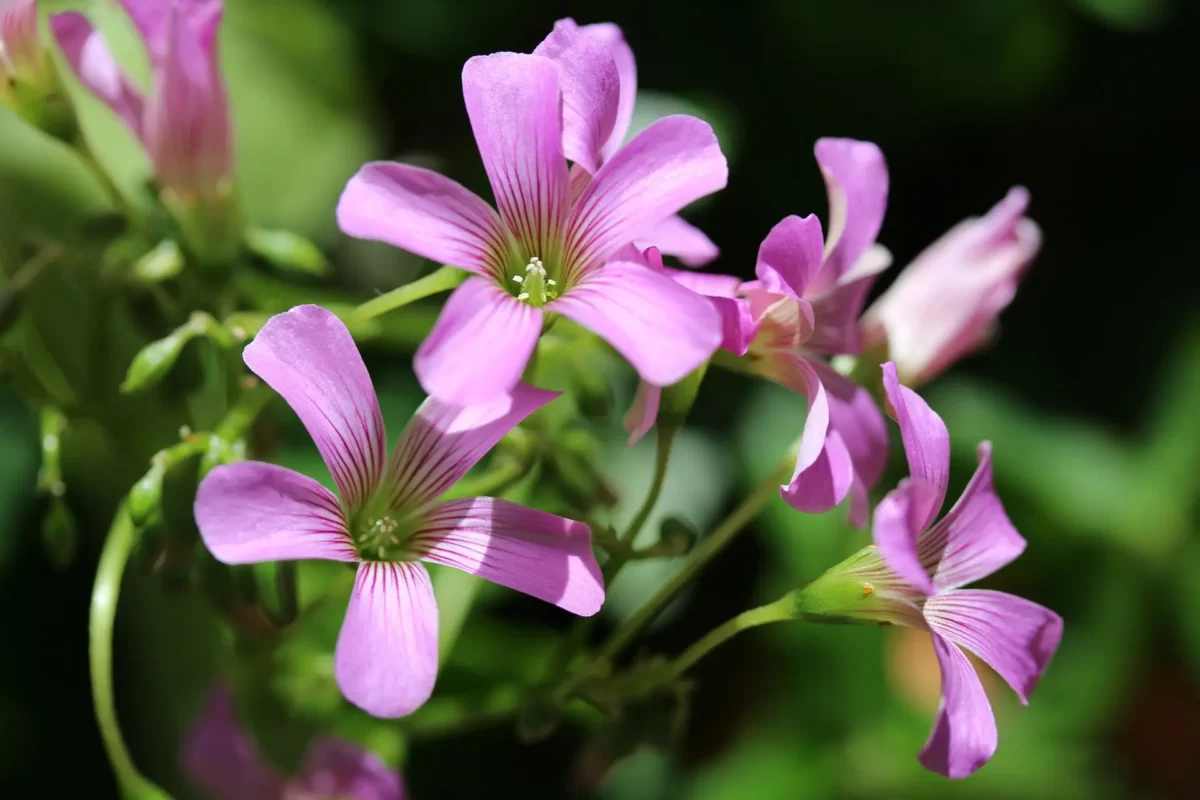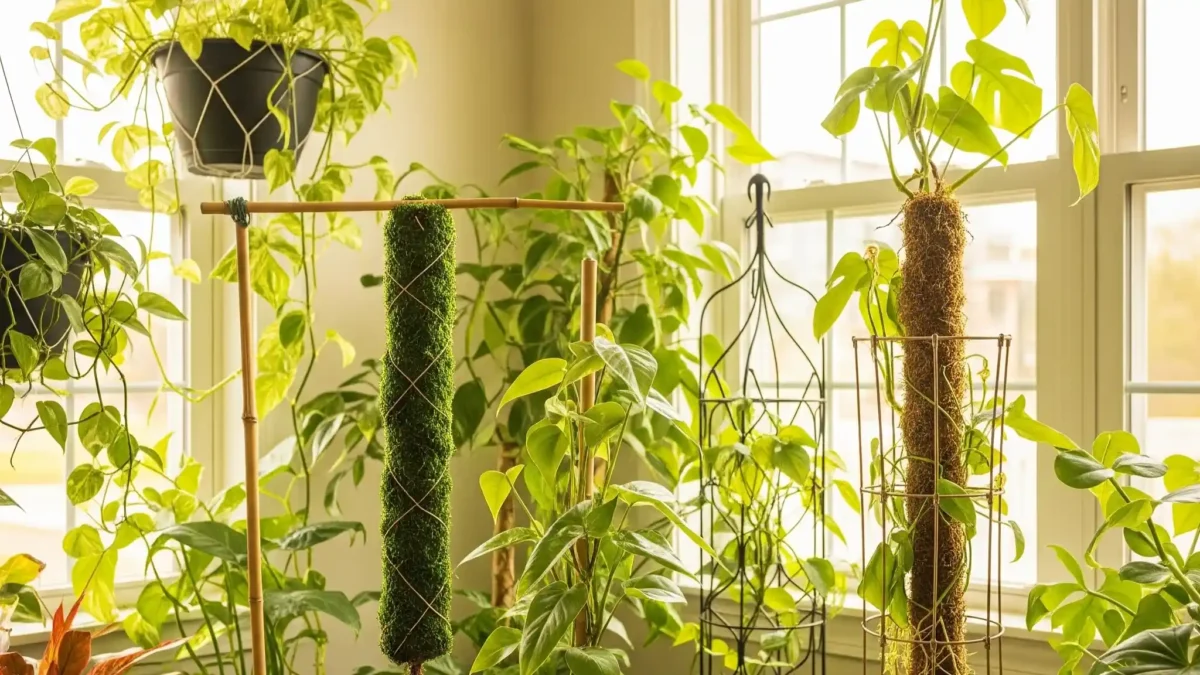Tiny White Terrors in Your Garden? Your Ultimate Guide to Identifying & Eliminating Whiteflies for Good!
Hey there, plant lover! Have you ever brushed past one of your favorite plants, like a beautiful hibiscus on the patio or that treasured ficus in your living room, and seen a sudden cloud of tiny, white, moth-like bugs fly away? A lot of us have had this “uh-oh” moment before. If that sounds familiar, you probably have whiteflies.
Don’t worry now! These small bugs can be a pain, but the good news is that you can find and get rid of whiteflies if you know what to do. As your guide on this quest to get rid of pests, I will help you. In this whole tutorial, we’ll talk about how to find these pests, what damage they can do (and why we want to stop them), and most importantly, we’ll look at a lot of different ways to control them. We’ll talk about everything from gentle organic methods that I usually suggest first to stronger methods for infestations that won’t go away. So, get a cup of tea (or coffee, if you’re like me!) and get ready to take back your plants and send those whiteflies packing!
What in the world are whiteflies? Figuring Out These Little Plant Pests
Okay, what are these small white things that are flying around? You probably got it: whiteflies are little insects that suck sap and have white wings. When they are at rest, they look a bit like moths with a triangular shape. They’re clearly in the “unwanted plant guest” group because they’re in the same family as aphids and mealybugs.
Let’s take a deeper look so you can learn how to detect them:
The Adults
These are the ones you’ll probably see initially. They’re quite small, usually about 1/12 to 1/16 of an inch long. That’s smaller than a pinhead! Their powdered white wings are what make them stand out the most. If you bother a plant that has them, you can often see a “cloud” of them fly up and then settle back down on the leaves. During the day, when it’s warm, they are most active.
The Nymphs (The Real Troublemakers!)
Even though the adults are easier to see, the nymph stage is frequently the one that does the most harm. The first stage of the nymph, dubbed a “crawler,” will walk a short distance after emerging from an egg and then stop to eat. After that, they stop moving and become flat, round, and often see-through or pale greenish-yellow. You can nearly always find them hiding and eating on the undersides of leaves, which is their favorite place to do both. If you’re not looking for them, they can be easy to miss because they don’t move about much and blend in.

The Eggs
Whitefly eggs are quite little and are usually laid in circles or crescents on the bottoms of leaves. At first, they can be light yellow, but as they get closer to hatching, they get darker.
A Quick Life Cycle
One reason whiteflies can be so annoying is that they live for a short time, especially in warm, humid places like summer and cozy interior spaces. A female whitefly can lay hundreds of eggs in her lifetime, and it only takes three to four weeks for the eggs to hatch and the adults to grow. Oh no! That’s why it’s so important to find things early.
Common Types You Might Encounter
There are many types, but a few common ones in the U.S. are the Greenhouse Whitefly (which often bothers greenhouse plants and many ornamentals) and the Silverleaf Whitefly (which is known for attacking a wide range of vegetables and ornamentals and can be harder to control). The Bandedwinged Whitefly is another type you might notice. Its wings have thin dark bands on them. Most of the time, our control tactics will be the same, no matter what type it is.
Are those Whiteflies or Something Else?
It’s not always easy to tell whiteflies apart from other small plant pests. Here’s a basic summary:
Aphids
Aphids are small bugs that normally have bodies that are more pear-shaped and are found in groups on new growth or stems. Some aphids have wings, but most do not.
Mealybugs
Mealybugs are small, white bugs that seem like bits of cotton. They are frequently found in the axils of leaves or along stems.
Fungus Gnats
Fungus Gnats are little, dark flies that like to hang out on the surface of the soil, especially when it is always wet. Their larvae reside in the ground.
Spider Mites
These are very small arachnids (not insects!) that you may often spot on plants before you see the mites themselves.
Here’s a tip: get a little magnifying glass. It’s a great tool for anyone who cares for plants and can really help you see what’s going on with them.
The Damage Done: Why Whiteflies Are More Than Just a Pain
So, they’re small and they fly. What is the big deal? Sadly, whiteflies can be more of a problem than their little size might make you think.
Direct Damage from Sap Sucking
Whiteflies, both adults and nymphs, are like microscopic vampires that pierce plant tissues and suck out the sap that keeps them alive. This fluid is loaded of carbs and nutrients, which are what keep your plant alive. When whiteflies eat, they take these things from the plant, which causes:
- Yellowing leaves (stippling): You might observe little, light spots on the leaves where the bugs have been eating.
- Leaves that are bent or twisted.
- Even when the soil is wet, it wilts.
- Stunted growth means that the plant doesn’t seem to be doing well.
- Leaves may turn brown and fall off in very bad cases.
Indirect Damage: The Sticky Mess of Honeydew & Sooty Mold
Whiteflies leave behind a sticky, sugary waste product called honeydew when they eat. You might see this as glossy, sticky spots on leaves and stems, or even on surfaces underneath the plant that is infested. This honeydew not only makes a mess, but it also causes sooty mold.
The honeydew has a black, powdery fungus on it called sooty mold. It doesn’t directly infect the plant, but it can cover the leaves so much that it blocks sunlight and stops photosynthesis, which is how plants make food. If the leaves of your plant seem like they’ve been covered in soot, whiteflies (or other sap-sucking insects) could be to blame.
Virus Transmission
Some types of whiteflies, especially the Silverleaf Whitefly, are known for spreading damaging plant viruses. They can spread these viruses by eating a contaminated plant and then moving to a healthy one. Plant viruses are sometimes impossible to treat, thus this can be quite bad, especially for vegetable crops or treasured ornamentals.
In short, an infestation of whiteflies can make your plant weaker, uglier, and in severe situations, even kill it or spread deadly diseases. That’s why we want to keep them in check!
Your Action Plan: Good Ways to Control Whiteflies
Let’s stop talking about the problem and start talking about solutions! Integrated Pest Management (IPM) is the best way to control whiteflies. It uses a mix of different strategies. This involves picking the least harmful solutions first.
Your first line of defense is early detection and cultural controls.
The key is to pay attention and make your plants less welcoming to whiteflies.
Check Often
Make it a point to look closely at your plants, especially the undersides of their leaves, at least once a week. The sooner you find an infestation, the easier it is to deal with. I do this a lot when I’m watering; it’s a great opportunity to check on things quickly!
Physical Removal (The Water Jet!)
If you have a lot of whiteflies on solid outdoor plants, a powerful spray of water from a hose can knock them off. This works best on adults and nymphs. Make sure to hit the bottoms of the leaves. You might have to do this again every few days.
Yellow sticky traps
Yellow sticky traps are bright yellow cards that attach to things and bring in adult whiteflies. Whiteflies are drawn to the color yellow. They won’t be able to get rid of a lot of whiteflies on their own, but they are great for keeping an eye on the population and catching some of the adults. Put them next to plants that are likely to get sick, as in greenhouses or inside. Most garden centers have these.
Pruning
If you have a few leaves that are very infested, cutting them off and throwing them away the right way (don’t just throw them in the compost if they’re full of bugs!) might help lower the quantity of bugs.
Vacuuming
You can gently suction adult whiteflies off the leaves of indoor plants. You can use a small, handheld vacuum with a soft brush attachment, or you can cover the end of your conventional vacuum hose with a piece of cheesecloth and a rubber band. Be careful not to hurt the plant!
Nature’s Answers to Organic and Biological Warfare
I always utilize these approaches, especially for houseplants and food.
Insecticidal soaps
Insecticidal soaps are special soaps that kill soft-bodied insects like whiteflies when they touch them. Don’t use standard dish soap, though, because it can hurt plants. They work quite well on both nymphs and adults.
How to use: Spray all parts of the plant well, especially the undersides of the leaves where whiteflies like to hang around. For the soap to function, it has to touch the pest directly. You may need to use it again every 5 to 7 days. Some plants can be sensitive, so always test a tiny part of the plant first.
Neem oil
Neem oil is a great all-purpose organic choice. Neem oil comes from the seeds of the neem tree and operates in a number of ways: it keeps bugs away, makes their leaves taste awful, and stops them from growing (by messing with their life cycle).

According to the product description, you should mix concentrated neem oil with water and a small amount of mild soap to make an emulsifier. Spray all over the leaves, making sure to cover them all. It works best on the nymphal stages. You might need to apply it more than once. Do not use neem oil in direct sunlight since it can burn the leaves.
Horticultural oils
Horticultural oils, such mineral oil or canola oil formulations, are very refined and kill insects on contact, just like insecticidal soaps. They work on all stages of whiteflies, even the eggs.
How to use: Spray it on and make sure it covers everything. Like soaps and neem, test for phytotoxicity and don’t spray when it’s very hot or in direct sunlight.
Beneficial Insects (Your Garden Allies!)
Letting beneficial insects into your outdoor garden or greenhouse can make a big difference.
- Encarsia formosa is a small parasitic wasp that is great at keeping greenhouse whiteflies in check. The female wasp lays her eggs inside whitefly nymphs, and the larva that hatches eats the nymph from the inside out. It’s really cool!
- Ladybugs, lacewings, and predatory mites are all generalist predators that will happily eat whiteflies and other pests like aphids.
You may often get these helpful bugs for sale online from stores that specialize in them. By planting a variety of flowers and not using broad-spectrum pesticides, you can make your garden more inviting and naturally attract them.
When and how to use chemical controls safely
Even when we try our hardest to use organic ways, an infestation can get out of hand, especially on important outside plants. In certain situations, chemical controls might be an option, but they should always be the final option.
When to think about
If organic methods haven’t worked well enough and the plant’s health is in significant danger.
Different kinds of insecticides
- Contact Sprays: These products have active components like pyrethrins (which come from chrysanthemums) or synthetic pyrethroids that can kill whiteflies right away. They often work quickly to knock down, but you may need to use them again because they don’t last long.
- Systemic insecticides get into the plant through the roots (as a soil drench) or the leaves (as a spray). When whiteflies consume a plant that has been treated, they get the insecticide. Systemics can work really well and keep things under control for longer. But be very careful: many systemic insecticides can hurt pollinators like bees if they get into the pollen and nectar of flowering plants. If bees or other helpful insects are visiting your plants, don’t apply systemic pesticides on them when they are flowering or about to flower. Always read the label.
This is VERY IMPORTANT: Safety First
- The label is the law, and it has important information about how to use the pesticide safely and what environmental risks it poses. Always read and follow the label’s instructions carefully.
- Wear the right personal protective equipment (PPE) as indicated on the label, like gloves, long sleeves, and occasionally eye protection or a mask. This will keep you safe.
- Don’t spray while it’s windy to keep the drift from happening.
- Pollinators are less busy in the early morning or late evening, so spray then.
- Check for sensitivity (phytotoxicity) by testing a chemical on a tiny, hidden portion of the plant 24 to 48 hours before treating the whole plant.
Honestly, for most home gardens and houseplants, I think that regularly using organic solutions like neem oil or insecticidal soap, along with appropriate cultural practices, is typically adequate to keep whiteflies under control.
Power to Stop: Keeping Whiteflies from Coming Back
When it comes to plant pests, a little prevention is worth a lot of cure! Here are some ways to make your house and garden less appealing to whiteflies:
Keep new plants in quarantine!
This is perhaps the most crucial thing I can tell you to do to avoid getting sick. Before you add any new plants to your garden or collection, keep them apart for a few weeks. Look it over carefully, paying close attention to the undersides of the leaves, for any signs of pests, such as whiteflies. It’s a lot easier to deal with a bug on one plant than on all of your plants. Years ago, I learned this the hard way!
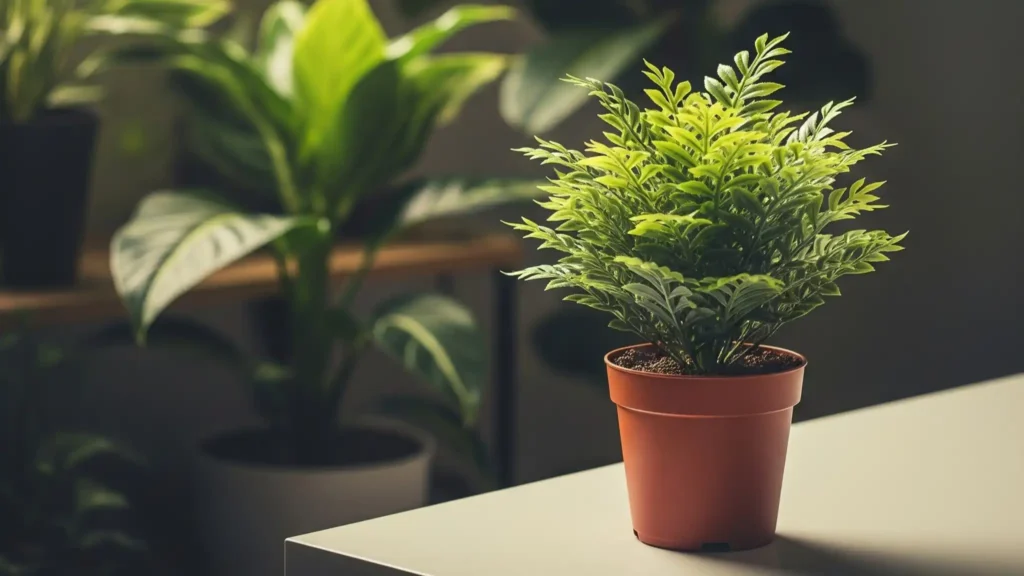
Keep Plants Healthy
Plants that are healthy and strong are less likely to get sick or have pests. Make sure your plants get the right amount of light, water, and food. Don’t use too much fertilizer, because soft, lush growth can occasionally attract insects that suck sap.
Weed Control
Whiteflies can live on a lot of common weeds. Weeds can be a place for whiteflies to live, so keeping the area around your precious plants (both in garden beds and around containers) free of them can help.
Reflecting Mulch (For Outdoor Gardens)
Putting reflecting mulch, such silver-colored plastic mulch, on the soil in a vegetable garden will confuse adult whiteflies and make it harder for them to find host plants.
Companion planting (a gentle nudge)
Some gardeners swear by it, even though the scientific data isn’t always clear. People occasionally say that marigolds, nasturtiums, or basil can keep whiteflies away. You could want to give it a shot, and at the absolute least, they will make your garden look better and more interesting!
Encourage Natural Predators
As we said before, if you have a garden outside, you may keep pests away by making a place that attracts helpful insects. This involves planting a lot of different flowering plants and, most importantly, not using broad-spectrum insecticides that hurt these wonderful guys.
In the end, you can get your plants back and win the war against whiteflies!
That was a lot of information, wasn’t it? But I hope you feel stronger today. Even though whiteflies are small, they don’t have to be scary. You’ve got this! From carefully checking your plants and knowing what to look for to picking the appropriate ways to control them.
Keep in mind that early detection and steady work are frequently the keys. Whiteflies might be hard to get rid of, but it is possible to find and kill them. Every little bit helps, whether you want to use insecticidal soap, add some helpful friends to your garden, or just check your plants more often.
These little bugs shouldn’t stop you from enjoying your garden or the pleasure you get from taking care of your plants. With this information, you are now ready to maintain your plants safe and healthy, happy, and growing. You’re a fantastic plant parent!
Questions and Answers (FAQ) About Whiteflies
A couple questions I get a lot about whiteflies are:
Do whiteflies bite people or pets?
No! Whiteflies are exclusively interested in plants, which is a good thing. They won’t bite you, your kids, or your pets.
Do whiteflies survive on houseplants inside?
Yes, for sure! In reality, they can do well inside where the temperature stays the same and there are less natural enemies. This is why it’s so crucial to keep new houseplants in quarantine.
How fast do whiteflies breed?
A: Very rapidly, especially when it’s warm. One female can deposit hundreds of eggs, and the cycle of life can last as little as three to four weeks. This is why a tiny problem can quickly get worse if you don’t deal with it.
Do whiteflies stay active all year?
When it’s warm outside, they are most active. In warm regions or inside, like in greenhouses, they can be a problem all year long, though.
What are those black dots I sometimes see with whiteflies?
That looks like sooty mold developing on the honeydew that the whiteflies leave behind. Their small, dark-colored droppings (frass) can also be a sign.
Does normal dish soap kill whiteflies?
Some people do try it, but I usually don’t recommend using dish soap on plants. They may have detergents and scents in them that might damage plants by taking away their natural oils (phytotoxicity). When it comes to getting rid of bugs, it’s always best to use a detergent that is made just for plants. These soaps are made to kill bugs while being gentle on your plants.
Have fun gardening, and may your plants never have bugs!


